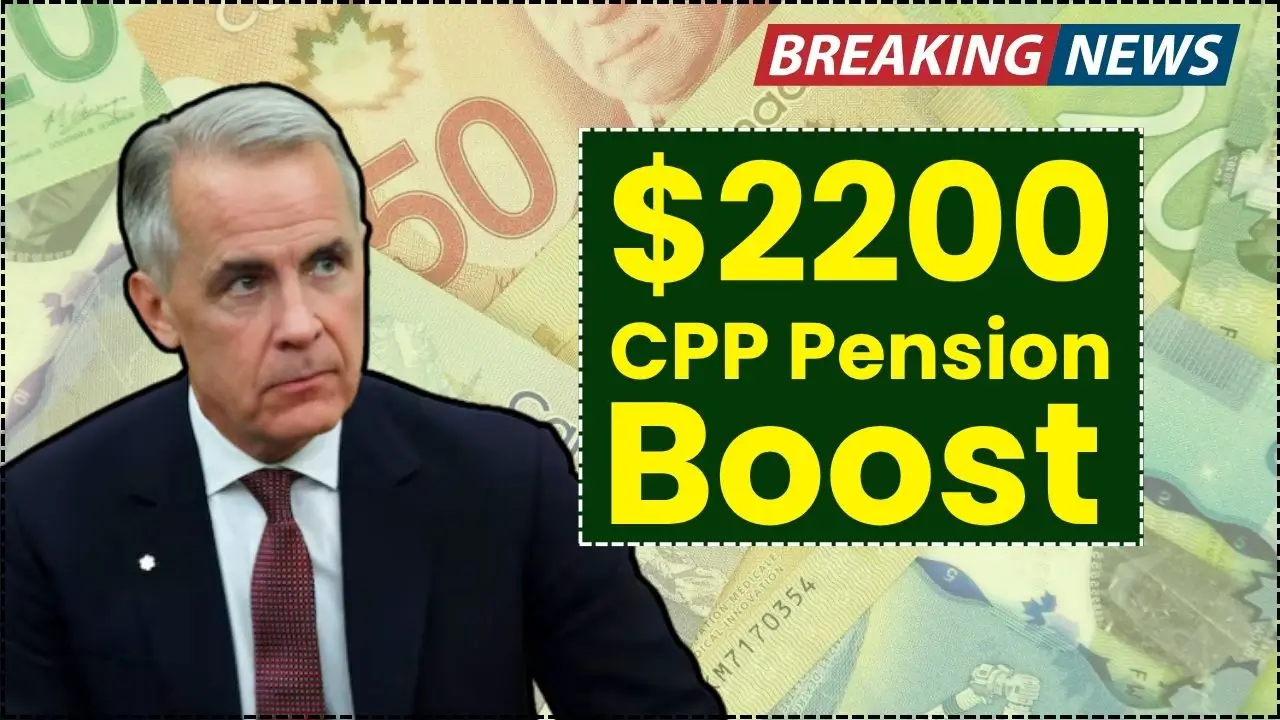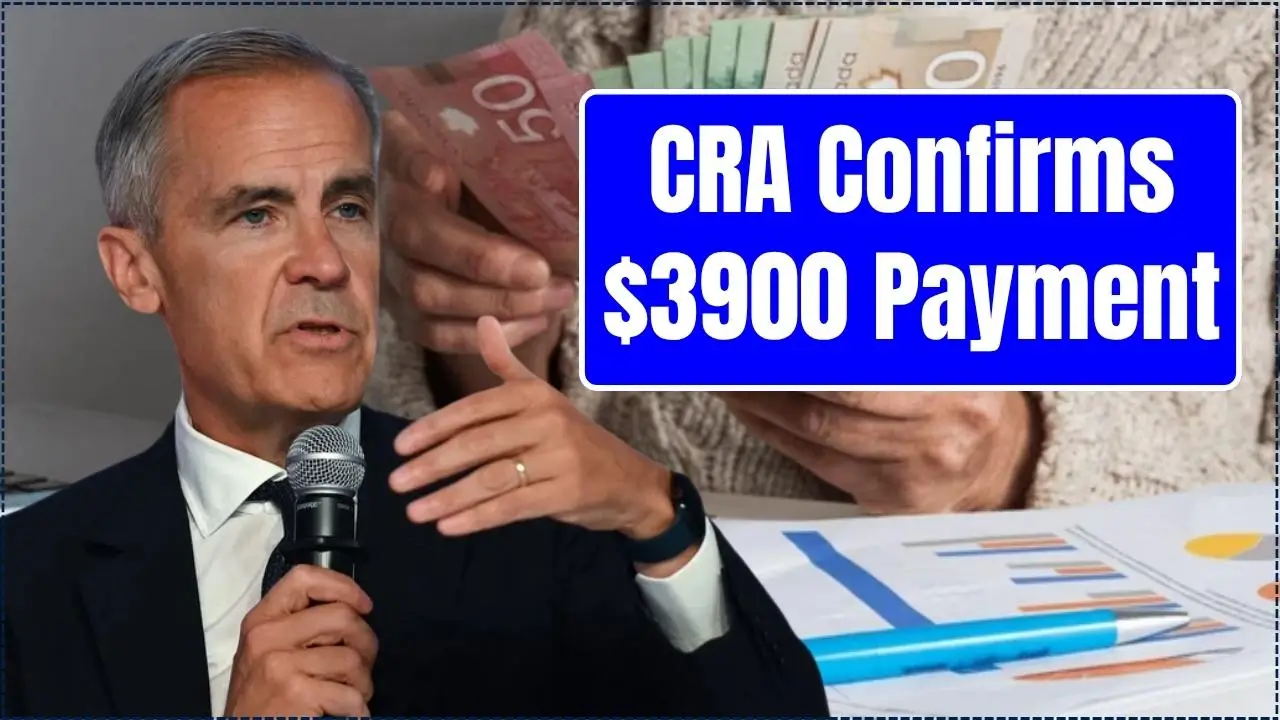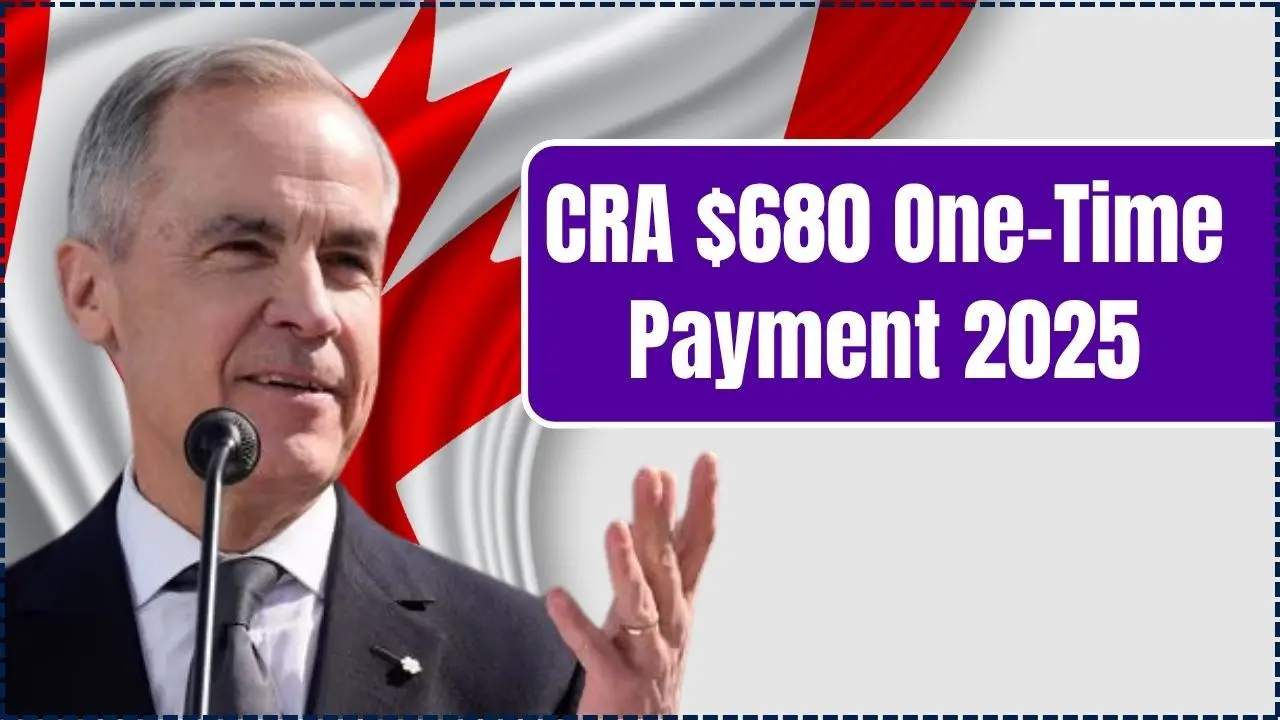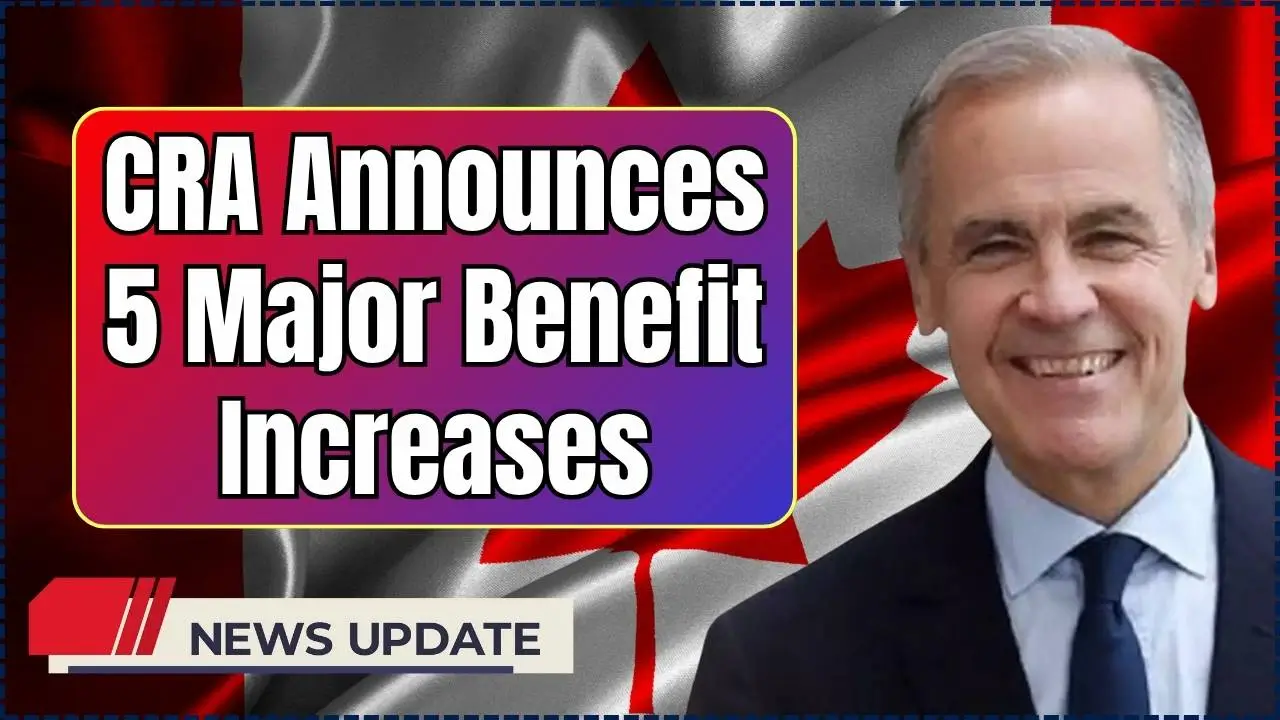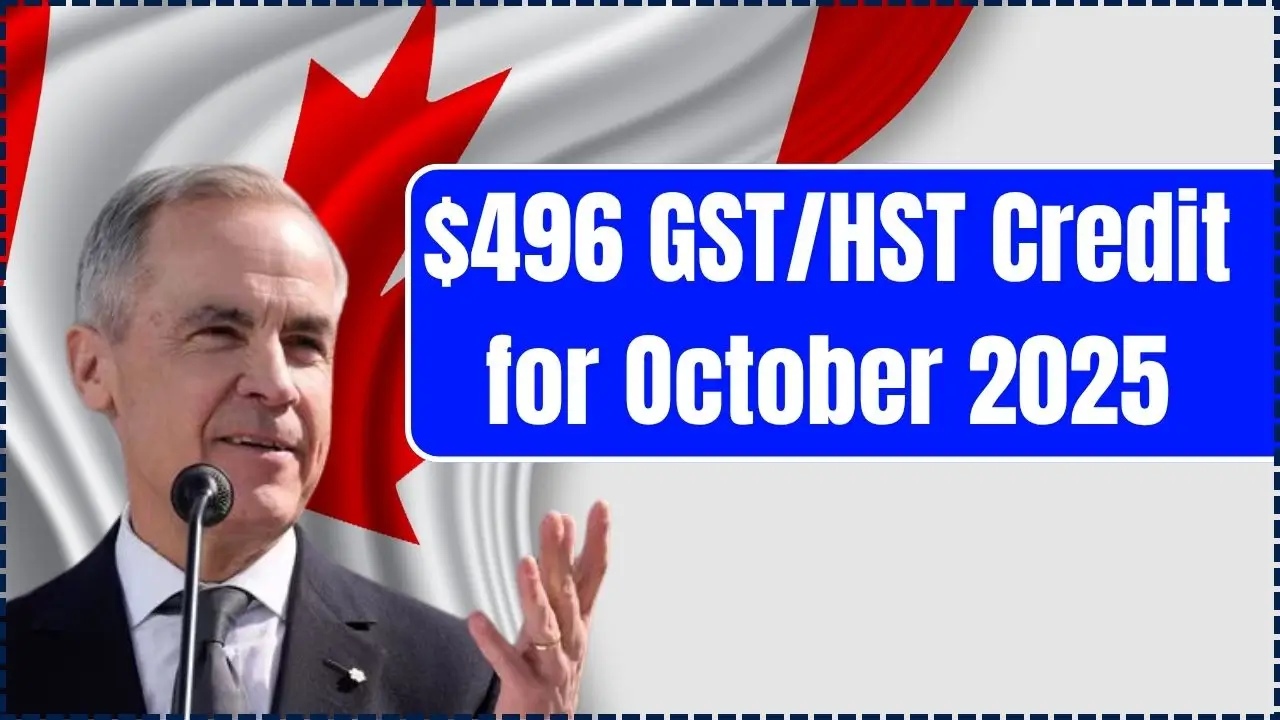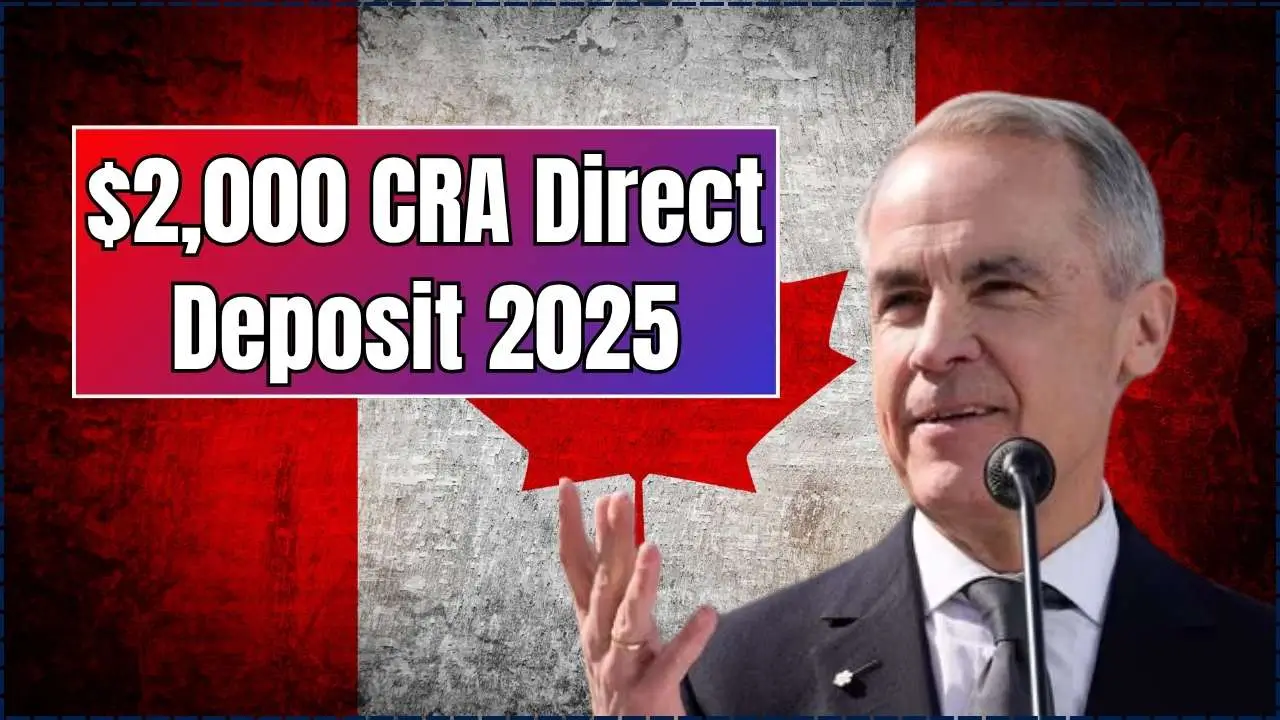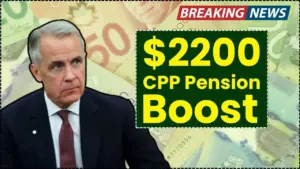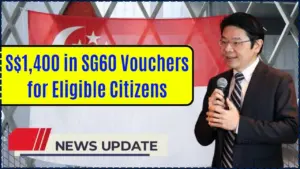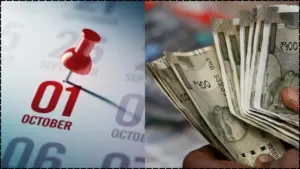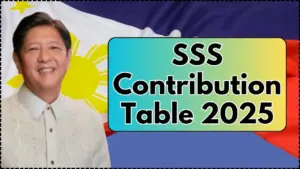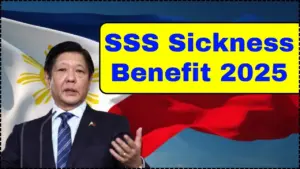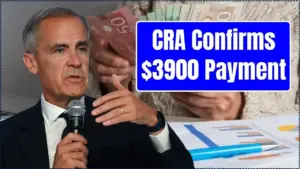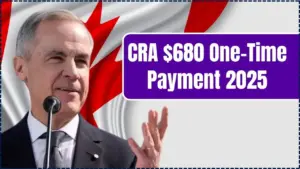A widespread claim that the Canada Revenue Agency (CRA) has confirmed a $3,900 one-time payment to Canadians is false. The CRA has labeled the claim a scam, and no federal source supports a new lump-sum benefit.
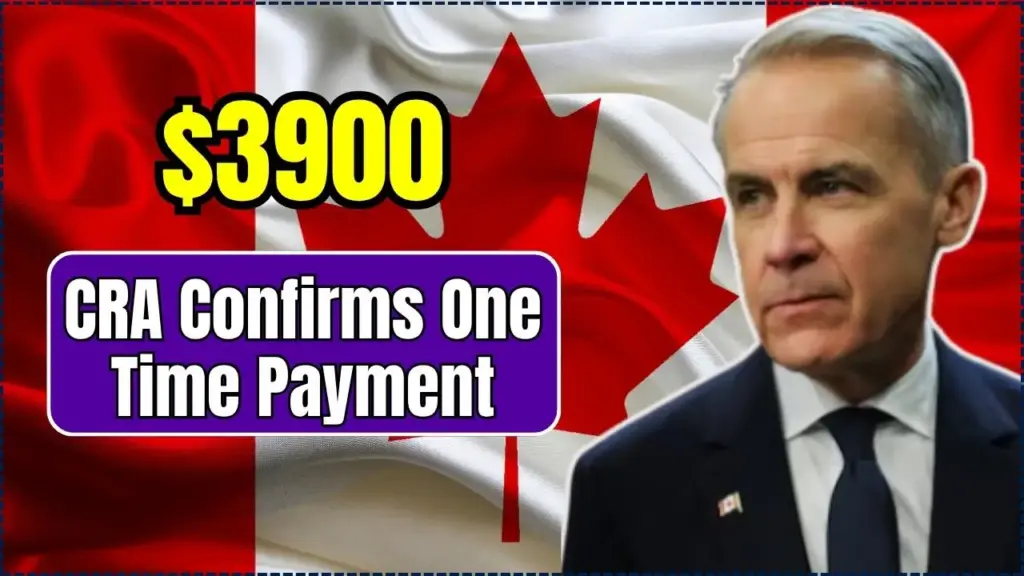
Table of Contents
CRA Confirms $3900 One-Time Payment
| Fact | Detail |
|---|---|
| CRA stance | The CRA warns that no such $3,900 benefit exists and that claims are fraudulent |
| Common scams | Phishing, impersonation calls, fake refunds or credits requests |
| Reporting tools | Canadians can report scams via CRA, Canadian Anti-Fraud Centre, local police |
| Real benefits | OAS, CPP, GST/HST credit, Canada Child Benefit, etc. |
Why This Claim Gained Traction
Historic Precedents of Lump-Sum or Emergency Payments
Canada has, on occasion, issued one-time stimulus payments or cost-of-living rebates (for example during recessions or economic emergencies). These past actions sometimes fuel public expectations for similar relief measures. Yet, unlike those targeted programs, no new federal budget or CRA release confirms a general $3,900 benefit.
Misinterpretation of Monthly or Combined Payments
Some seniors and low-income households with multiple benefits (OAS, GIS, CPP, etc.) may see combined monthly payments that approach or occasionally exceed $3,000 or more. These totals, when misunderstood or misquoted, may fuel rumors of a single large payout.
Misinformation & Viral Amplification
Unverified websites, social media posts, and forwarded messages often assert such payments without credible sourcing. These claims gain momentum precisely because they tap into public economic anxiety.
The Official Position: CRA and Government
CRA’s Warning & Scam Identification
The CRA’s official Scams and Fraud portal warns that fraudsters often impersonate the agency to offer false refunds or benefits. It states that the CRA:
- Will not contact individuals via email or text asking for banking or personal information.
- Does not demand payments via cryptocurrency, gift cards, or prepaid cards.
- Will not threaten arrest or legal action for supposed tax debts in unsolicited calls.
Any claim of a $3,900 payment is flagged on that portal as misleading or a scam attempt.
Government Fiscal Policy & Budget Timing
In October 2025, the federal government announced that it will shift its main budget release from spring to autumn, beginning with the 2025 budget. Any substantive new benefit (such as a large one-time payout) would normally appear in the budget documents, which undergo public consultation and parliamentary debate before implementation.
In recent measures, the government indicated it will introduce automated administration of federal benefits — for example, pre-filing tax returns for low-income Canadians to ensure they receive eligible benefits. But nowhere in those announcements is a $3,900 lump-sum payment proposed.
Real Risks & Harms from These Scams
Case Studies of Fraud Loss
Fraudsters impersonating CRA agents are not a hypothetical threat. In a documented case, a person from Ontario lost $86,000 after a scammer posing as a CRA agent claimed she faced investigation and staged fake “protocols” to extort money.
Another concern is identity theft: scammers may use stolen personal data to file fraudulent tax returns or claim benefits in others’ names.
Erosion of Trust
These misinformation campaigns undermine public trust in legitimate government programs. If citizens suspect every benefit claim is a scam, they may delay engaging with actual policies or programs that aim to help.
Recognize and Resist a Scam
Red Flag Signs
Some common warning signs of a CRA impersonation scam include:
- Demands for immediate payment or threats of arrest or penalties.
- Requests for personal or financial information via email, text, or instant messaging.
- Use of spoofed phone numbers or simulated caller ID to appear official.
- Links leading to fake CRA login pages or financial institution forms asking for credentials.
Verification Tips
- Use CRA’s “Verify it’s the CRA calling” guidance to confirm legitimate contact.
- Hang up and call the CRA’s official number (1-800-959-8281) if unsure.
- Never click unsolicited links or attachments claiming to be from the CRA.
- Confirm benefit announcements via official sources such as Canada.ca, the Department of Finance, or Parliamentary budget documents.
Reporting Suspicious Activity
If you suspect a scam:
- Submit a report via CRA’s “Report a scam or identity theft” page.
- Notify the Canadian Anti-Fraud Centre.
- Contact your bank and local police if your personal or financial information was compromised.
- Use CRA’s suspected tax or benefit cheating lead form if you suspect misuse of your identity.
Related Links
CRA Benefits Payment Dates for October 2025: Check OTB, CPP, GST, OAS & CAIP Amount & Eligibility
Carney’s Game-Changing Tax Filing Announcement Will Affect Millions of Canadians: Check DEtails
What Government Does Provide — Verified Benefits
While the $3,900 claim is false, Canadians continue to access established support programs:
- Old Age Security (OAS) and Guaranteed Income Supplement (GIS) — for eligible seniors.
- Canada Pension Plan (CPP) — for contributors with sufficient work history.
- Canada Child Benefit (CCB) — monthly support for families with children under 18.
- GST/HST Credit — quarterly relief for low- and modest-income individuals and families.
- Canada Workers Benefit (CWB) — a refundable credit for low-income workers.
These programs have defined eligibility and disbursement schedules, publicly documented by CRA and federal agencies.
Forward-Looking Considerations
As the 2025 federal budget is slated for autumn, Canadians should watch for announced benefits or relief measures that align with fiscal priorities. Any legitimate new program would undergo transparent legislative review, official public communication, and codified procedures — not quietly appear through viral rumors.
Meanwhile, the government’s plan to automatically enroll low-income Canadians in benefits by pre-filling tax returns may help reduce gaps in access — but it is distinct from the kind of lump-sum payment claimed in the $3,900 rumors.

